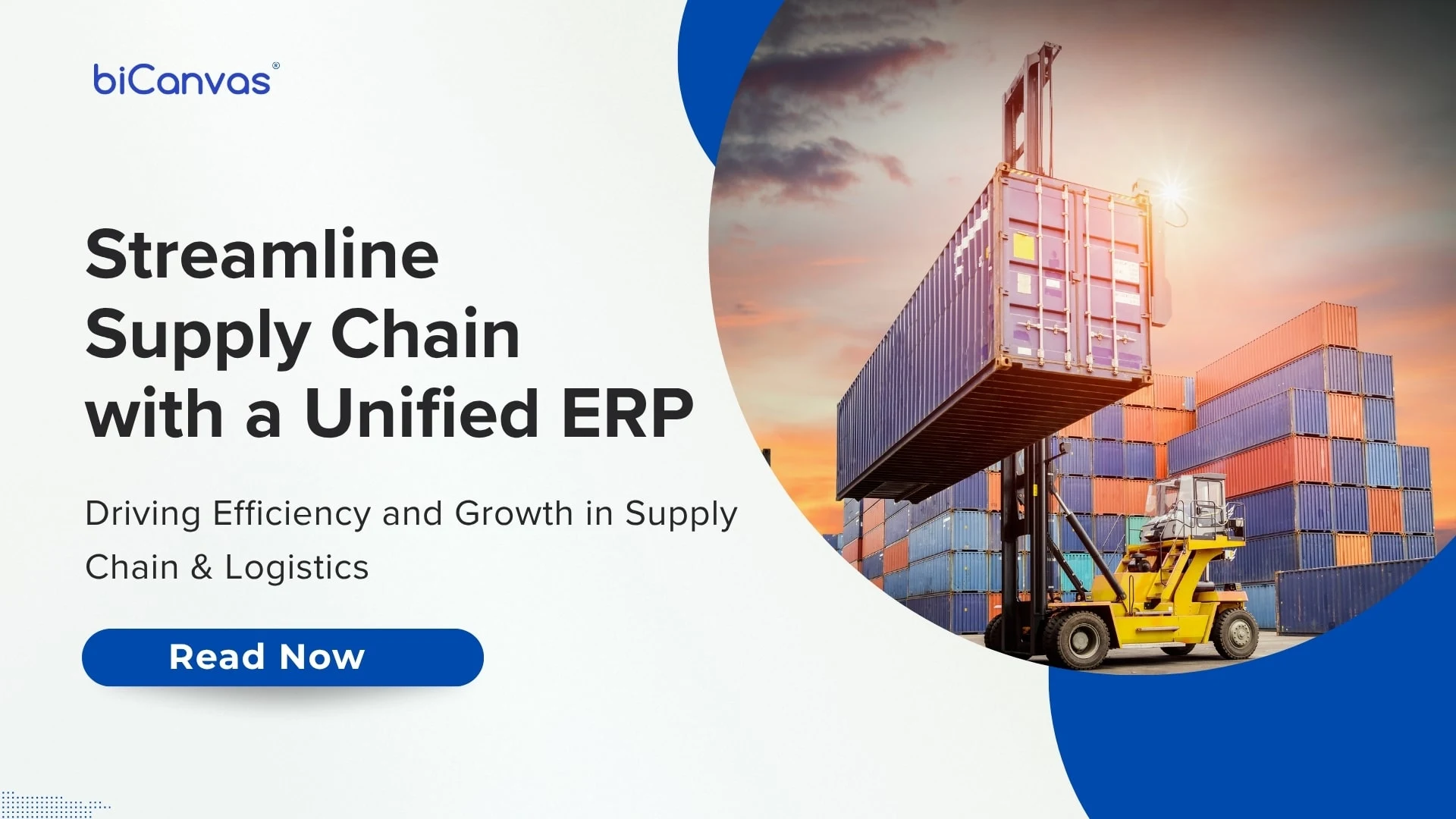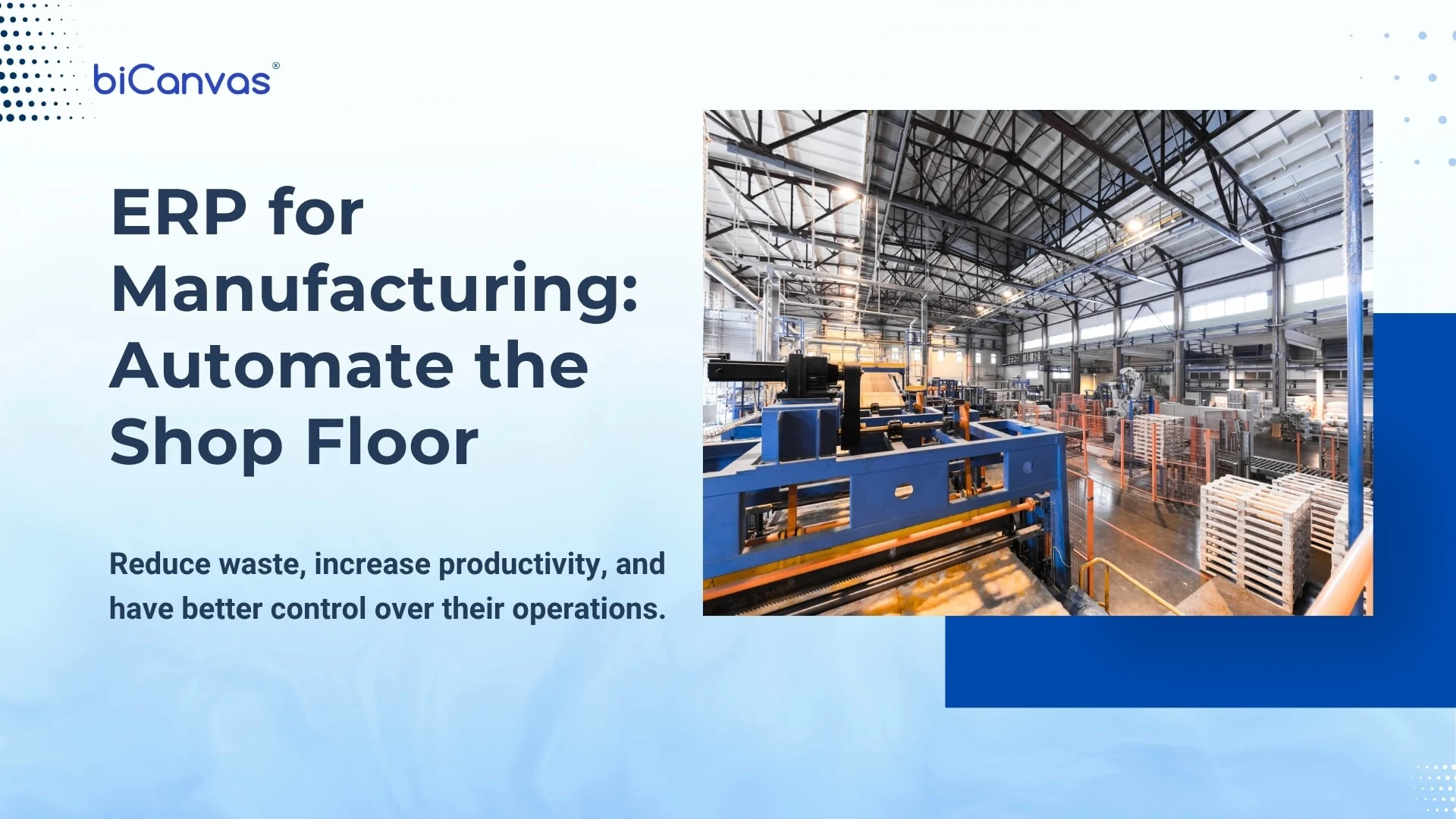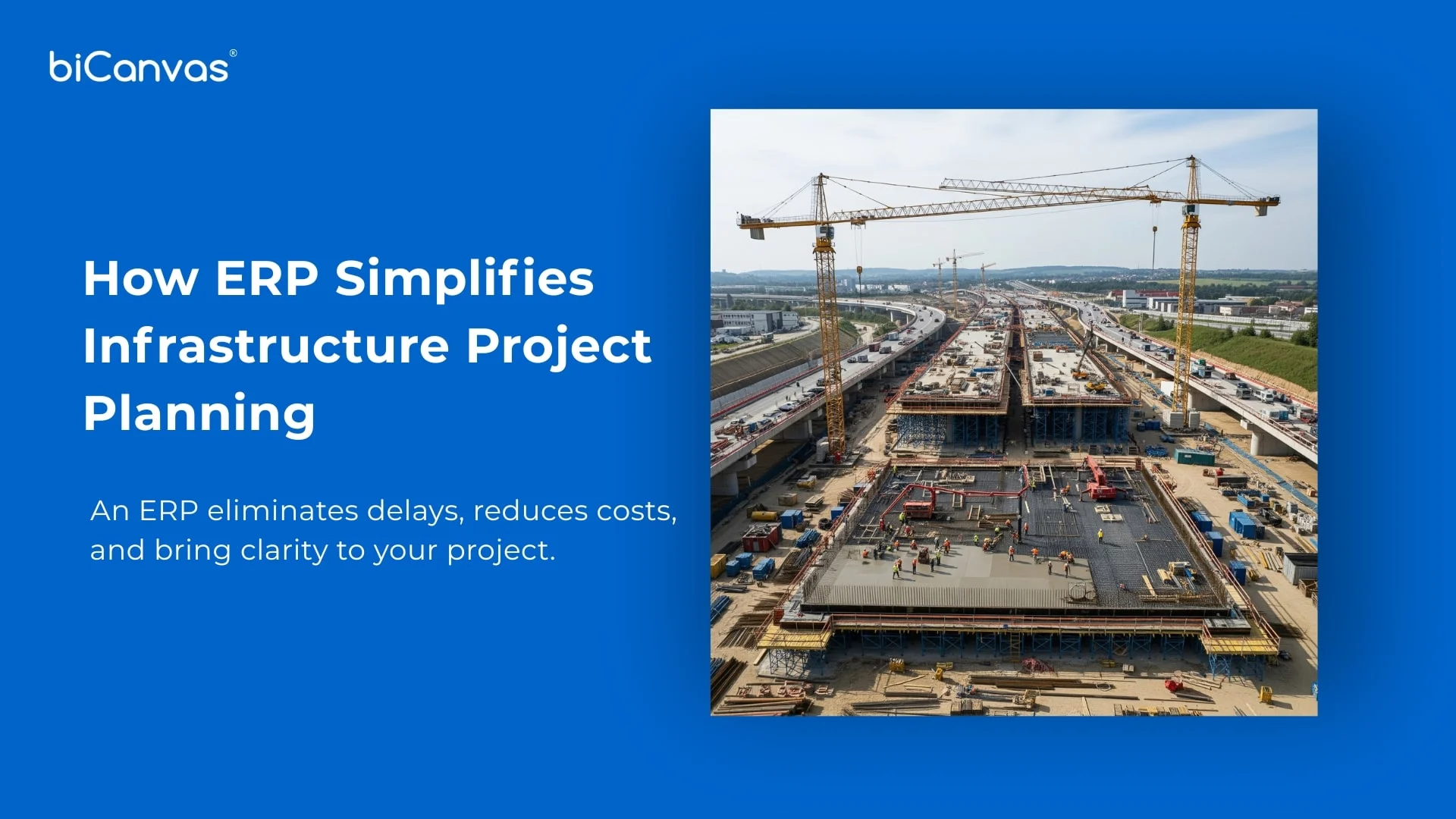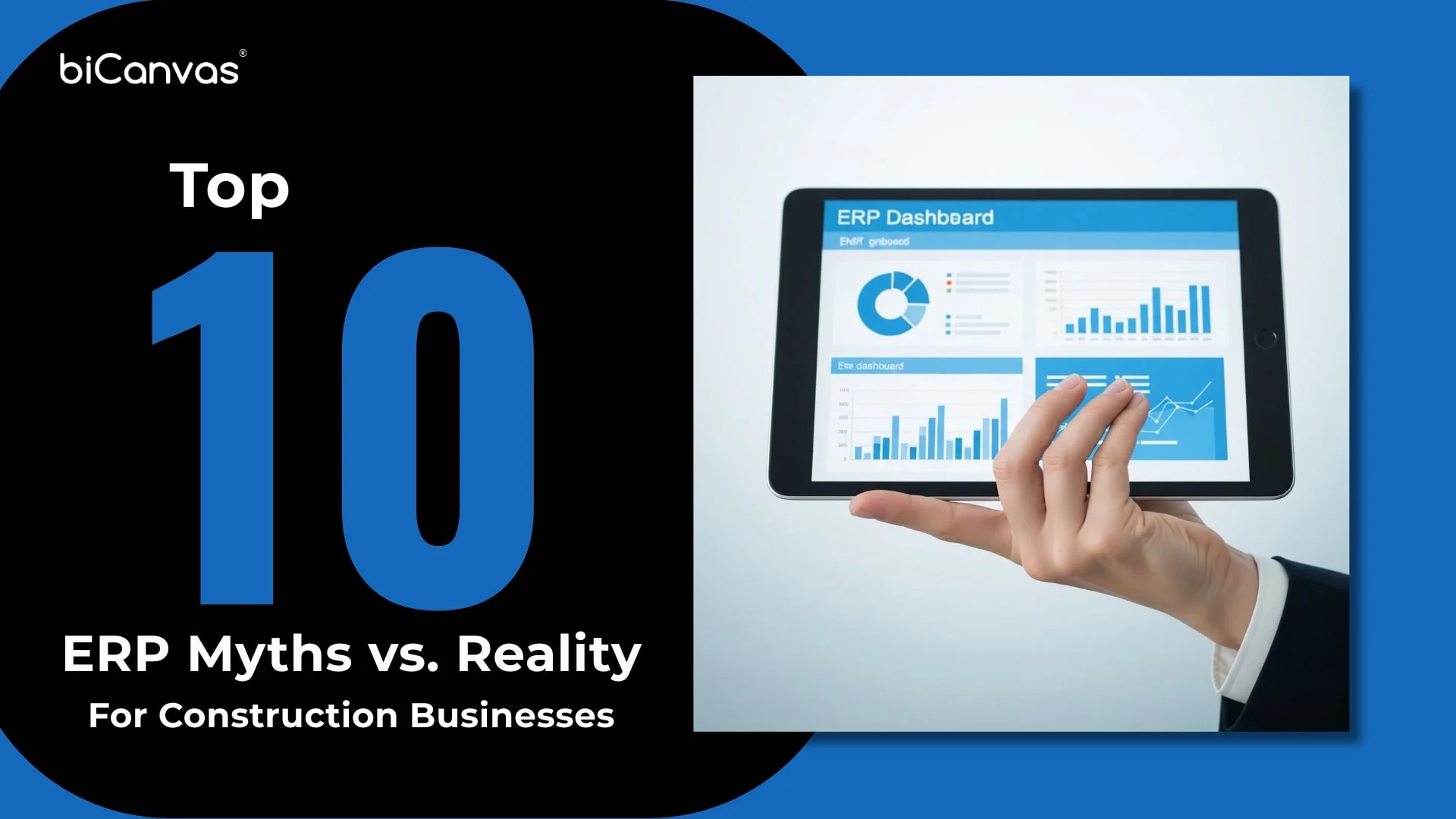Streamline Supply Chain Management with a Unified ERP
In today's fast-paced world, dealing with multiple vendors, fluctuating demands, global shipping delays, and growing client expectations makes supply chain and logistics workflows more complex. If you're managing operations with spreadsheets, phone calls, and disconnected systems, it's a recipe for delays, stockouts, or unhappy customers.
This is where a unified ERP system makes all the difference. Let?s walk through, in simple terms, how ERP simplifies and streamlines supply chain operations, helps you reduce expenses, avoid chaos, and stay ahead of the competition.
What Is a Unified ERP?
A unified ERP (Enterprise Resource Planning) system integrates purchasing, inventory, warehousing, production, sales, logistics, and finance into one single platform. You end up with a single source of truth for your entire supply chain instead of juggling four or five disconnected tools.
What Happens When You Don?t Use ERP?
Many companies still manage their supply chain manually or through fragmented systems. This causes problems like:
- Outdated inventory data
- Delayed approvals and miscommunication
- Missed or duplicate orders
- No visibility into supplier performance
- Inaccurate forecasting and stock imbalances
If that sounds familiar, it's time to adopt a better solution?ERP.
How ERP Streamlines Supply Chain Operations
ERP helps manage the entire supply chain in one system, simplifying the ability to monitor orders, inventory, and deliveries. It improves supply chain collaboration and reduces delays by providing real-time updates to all departments.
1. Real-Time Inventory Management
ERP automatically tracks inventory across warehouses, locations, and process stages.
Benefits:- Know exact stock availability in real time
- Receive alerts before running out or overstocking
- Auto-update inventory upon goods receipt or shipment
No more stock surprises?just a smooth inventory flow.
2. Smarter Procurement Planning
ERP helps you plan purchasing based on demand, supplier lead times, and past data.
Benefits:- Auto-generate POs by assessing stock levels
- Choose suppliers by price, delivery speed, or past performance
- Track order status and expected delivery dates
This eliminates last-minute purchases and strengthens vendor relationships.
3. Seamless Vendor & Supplier Management
ERP centralizes all vendor data, including contacts, contracts, delivery logs, and performance records.
Benefits:- Compare supplier quotes and turnaround times easily
- Track delays, rejections, or compliance issues
- Automate vendor communication and approval workflows
Vendor visibility is critical to building resilient supply chains.

4. Demand Forecasting with Data
ERP leverages real-time sales and trend data to make accurate predictions about future demand.
Benefits:- Procure or produce just the right quantity
- Cut down excess inventory and storage costs
- Be ready for seasonal spikes or emergency orders
Forecasting becomes data-driven?not guesswork.
5. Faster Order Fulfillment
Once a sales order is placed, ERP activates workflows across inventory, shipping, and billing.
Benefits:- Faster delivery from order to dispatch
- Fewer fulfillment errors
- All departments work in sync
This results in happier customers and repeat business.
6. Unified Dashboard for Decision-Makers
ERP gives you live dashboards and analytics to track performance metrics across the supply chain.
Benefits:- Detect issues early?before they escalate
- Track KPIs like fulfillment rates, supplier reliability, and cost per order
- Make quicker, smarter decisions
No more waiting for reports?your insights are live.
Why It Matters More Than Ever
Recent global disruptions?from pandemics to shipping backlogs?have shown us how fragile supply chains can be. Businesses need flexible, data-driven systems to handle changes without breaking down.
A unified ERP helps you:- React faster to market or supply disruptions
- Stay productive across distributed teams and locations
- Scale operations without creating bottlenecks
This is more than just software?it?s your strategy for building resilience and growth.
Conclusion
Trying to manage supply chains manually is like driving blind. It?s slow, risky, and stressful. A unified ERP gives you a clear view of your operations and puts you in control?from sourcing to delivery.
If your team is still stuck chasing updates, struggling with inventory errors, or reacting to surprises, it?s time to upgrade.
Ready to simplify your supply chain? Discover how biCanvas ERP can give you full visibility and control across sourcing, logistics, inventory, and finance. Book your free demo today!













